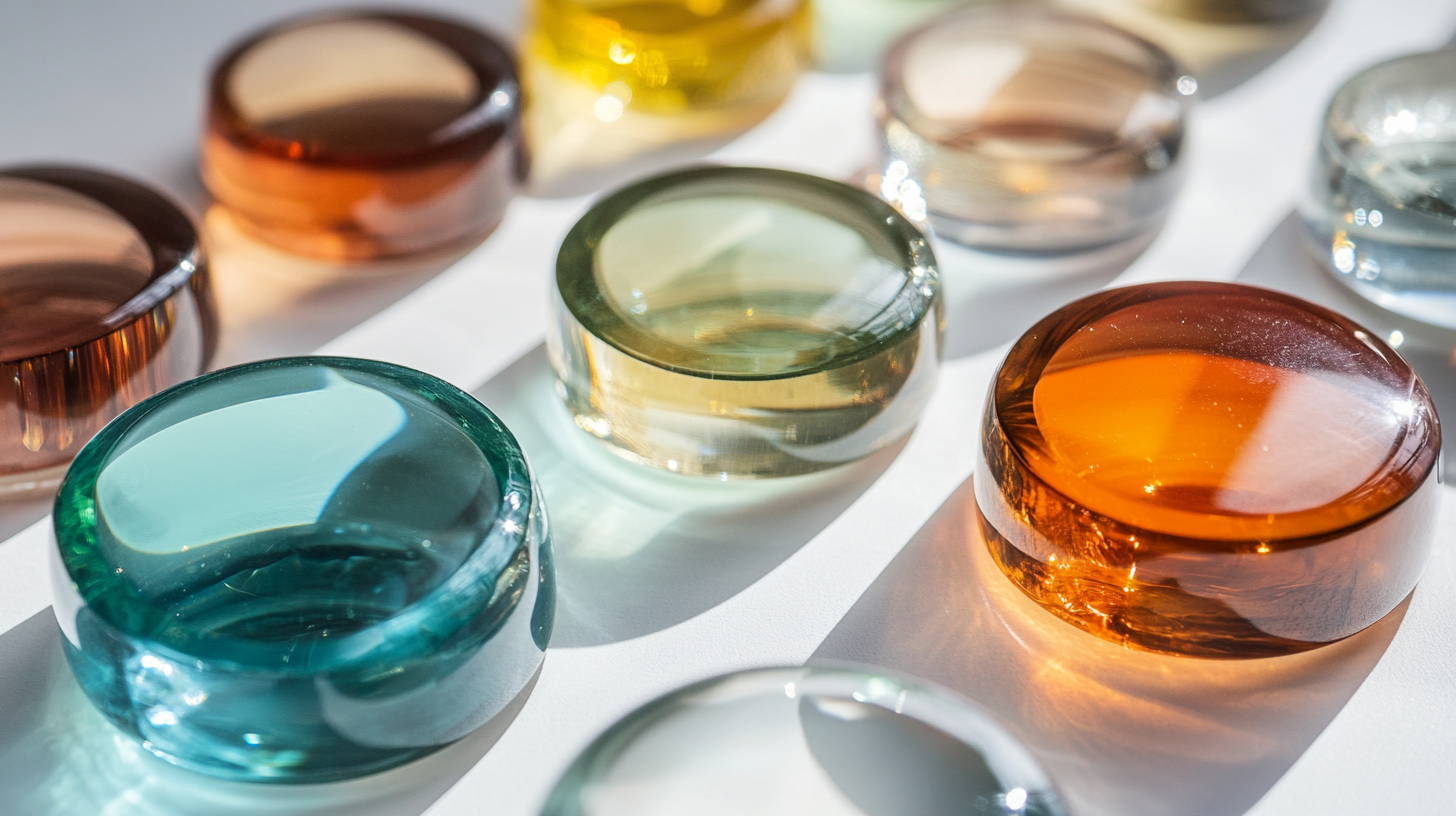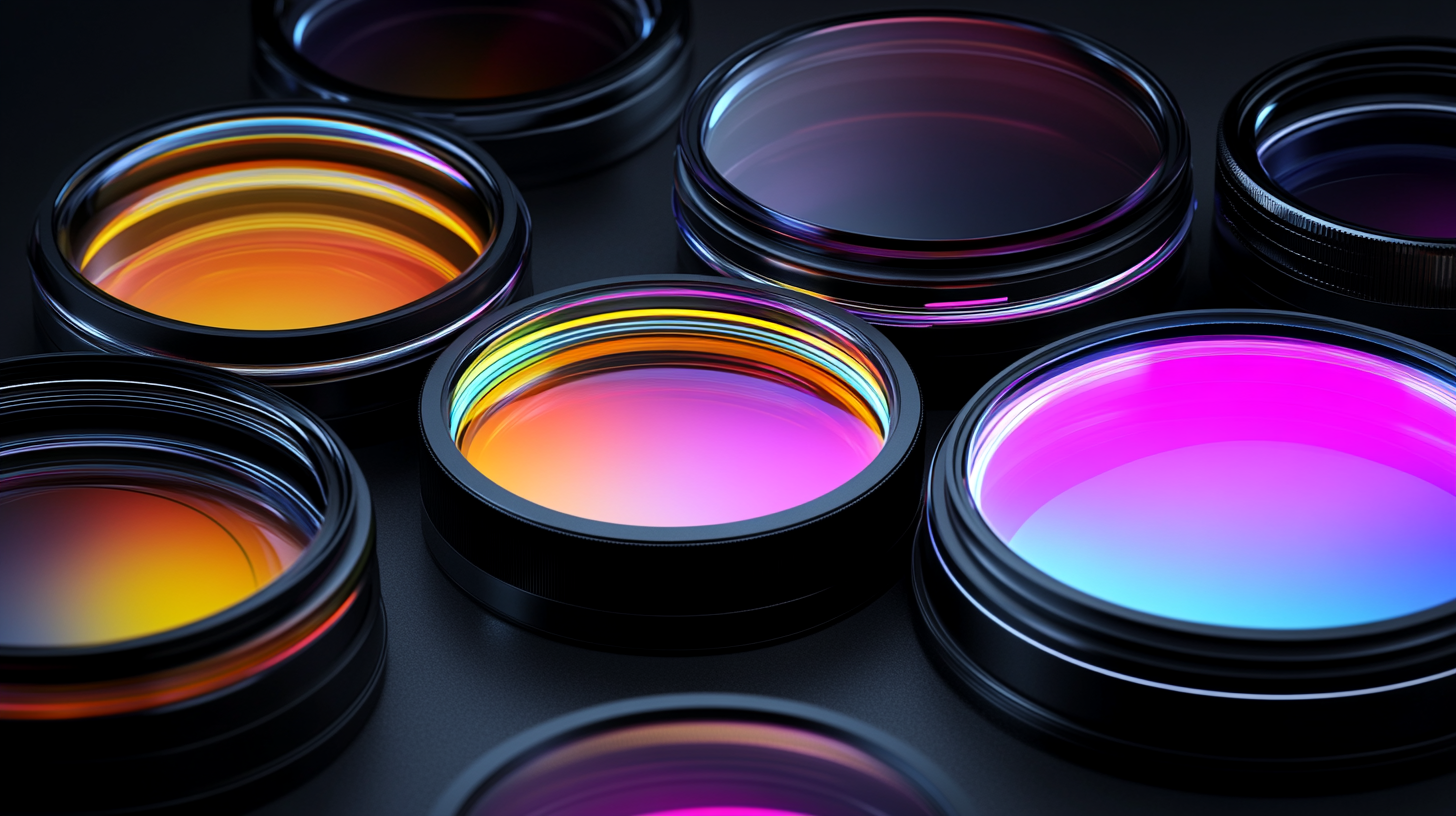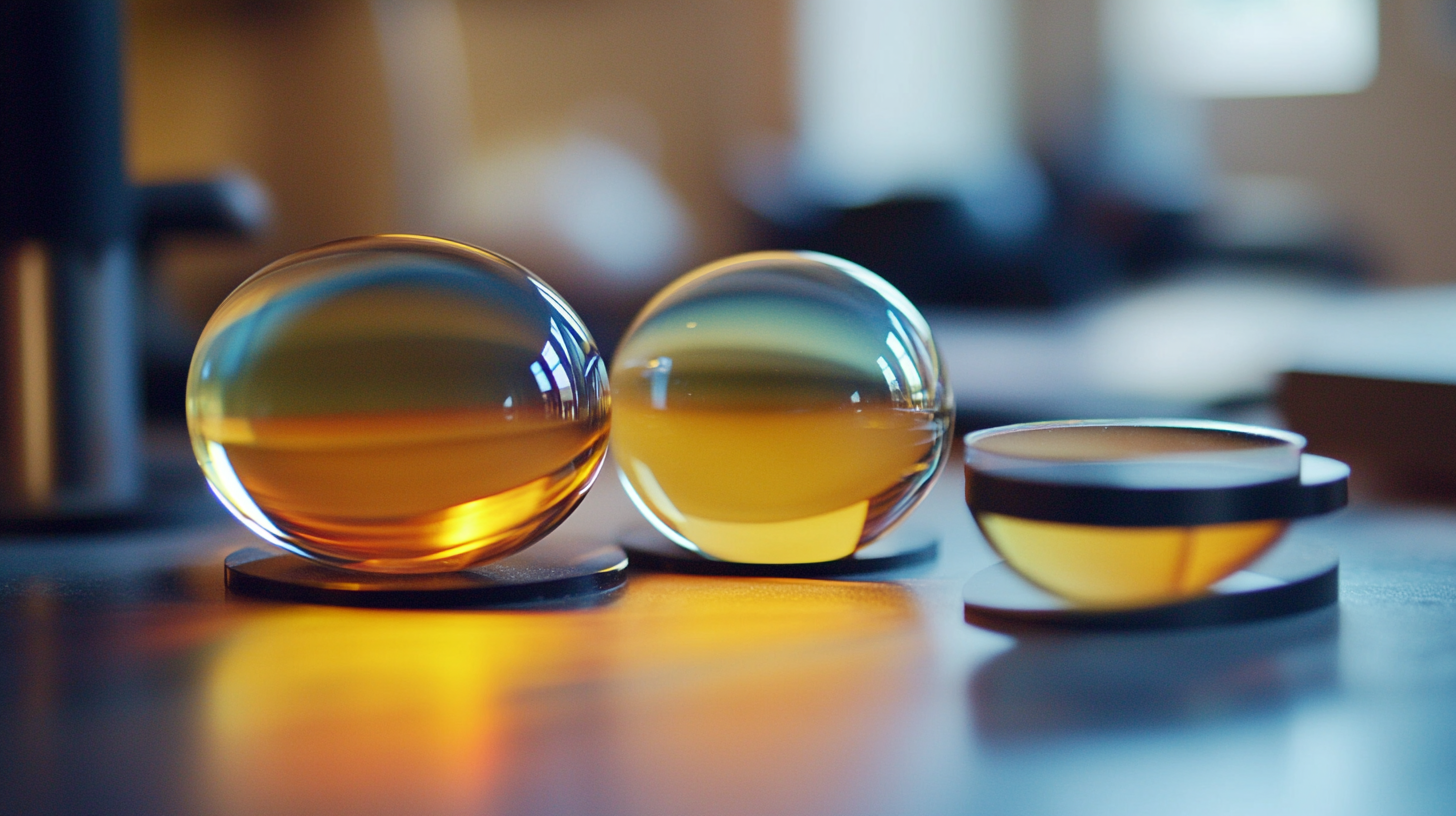In the ever-evolving world of optics, selecting the right lens material is crucial for enhancing the performance and quality of your products. Among the various options available, resin lenses have gained substantial popularity due to their lightweight, durability, and versatility. This blog aims to guide you through the essential considerations when choosing the best resin lens for your optical needs. Whether you are a manufacturer looking to improve your product offerings or a consumer eager to understand the benefits of resin lenses, this comprehensive guide will provide valuable insights to help you make informed decisions.
As we delve into the characteristics of resin lenses, we will explore factors such as optical clarity, scratch resistance, and UV protection that play a significant role in their performance. Understanding these aspects will not only enable you to select the ideal lens for your specific requirements but also enhance the overall quality of your optical products. By the end of this article, you will be equipped with the knowledge necessary to optimize your lens choice, ensuring that you meet your expectations and exceed those of your customers.

When selecting the best resin lens for your optical needs, it's essential to understand the various types available and their specific applications. Resin lenses, often favored for their lightweight and impact-resistant properties, come in several forms, each engineered to meet different requirements in optics. For instance, polycarbonate lenses are renowned for their durability and are commonly used in eyewear and safety goggles, while CR-39 lenses offer excellent optical clarity and are widely used in prescription glasses. Recent advancements in plastic optics manufacturing and material science have further expanded the possibilities of resin lenses. The production process has become more efficient, enabling optical designers to incorporate innovative materials that enhance performance. This is particularly important when considering applications where lightweight and high-quality optics are critical. For example, lenses designed for infrared applications may leverage specific resin formulations that optimize performance in specific wavelength ranges, driven by recent breakthroughs like Ushio's record-setting 1,050 nm SWIR LED output. Understanding these distinctions not only helps in selecting the right lens but also in boosting overall product quality. By aligning the lens type with the intended application and focusing on the material's properties, manufacturers can ensure better performance and satisfaction for end-users. Whether for consumer products or specialized optical systems, choosing the right resin lens can significantly impact both functionality and longevity.

When selecting resin lenses for your optical needs, several key factors play a crucial role in ensuring optimal product quality. According to a report by the Optical Society (OSA), resin lenses have experienced a significant surge in popularity, accounting for over 60% of the lens market in recent years. This shift is largely attributed to their lightweight characteristics and enhanced impact resistance compared to traditional glass lenses. Understanding the specific applications and environments in which these lenses will be used is essential for making informed decisions.
One primary consideration is the lens index of refraction. Higher index lenses, such as those with an index of 1.67 or 1.74, are thinner and lighter, making them suitable for strong prescriptions or high-fashion eyewear. However, they tend to be more expensive and may require specialized coatings to enhance durability and scratch resistance, as highlighted in a study by the American Academy of Optometry. Additionally, coating options such as anti-reflective and UV protection coatings can significantly affect the lens performance and wearer comfort, influencing overall satisfaction with the finished product.
Another critical factor is the lens design, which can include single vision, bifocal, or progressive features. As per the Vision Council's research, progressive lenses accounted for nearly 30% of all prescription lenses sold in 2022, underscoring the demand for multifocal solutions. It's vital to consider the target demographic and their specific visual needs when choosing the lens design, as this can heavily impact sales and customer loyalty. Ultimately, investing time in understanding these key factors will elevate your product quality and meet consumer expectations in today’s competitive optical market.

When it comes to choosing resin lenses, three critical factors come into play: weight, durability, and optical clarity. According to the American Academy of Optometry, resin lenses are typically 30% lighter than traditional glass lenses, making them a popular choice for eyewear. This reduced weight not only enhances comfort during prolonged wear but also minimizes the risk of fatigue associated with heavier frames, especially for individuals requiring corrective lenses.
Durability is another significant advantage of resin lenses. With advancements in technology, many resin lenses are now made from polycarbonate or high-index materials that offer high resistance to impact. According to industry reports, polycarbonate lenses have a 10 times higher impact resistance compared to conventional plastic lenses, making them ideal for safety eyewear and active lifestyles. Users seeking protection without compromising on comfort often turn to these resilient options.
Optical clarity is essential for any lens, and resin lenses do not fall short in this area. High-quality resin lenses can deliver exceptional optical performance, with many featuring anti-reflective coatings that enhance visual clarity and reduce glare. The Vision Council's report indicates that nearly 90% of wearers find that anti-reflective coatings significantly improve their visual experience, particularly when driving at night or using digital devices. By factoring in weight, durability, and optical clarity, consumers can make informed choices that enhance their overall product quality and satisfaction.

When selecting resin lenses for your optical needs, assessing their quality is paramount to ensure enhanced product performance. High-quality resin lenses can significantly impact factors such as clarity, scratch resistance, and weight, which are critical for user satisfaction and safety. One effective way to evaluate the quality of resin lenses is to consider their refractive index, as lenses with a higher refractive index are typically thinner and lighter while maintaining optical clarity. Furthermore, look for lenses that have undergone rigorous testing, ensuring they meet standards for distortion and impact resistance.
Additionally, the manufacturing process of resin lenses, including the use of advanced injection molding techniques, can greatly affect their overall performance. The stages of this process, particularly how heat transfer is managed during molding, are essential for producing lenses with uniform thickness and enhanced durability. A well-executed injection molding process can reduce cooling time, which is vital for maintaining the integrity of the lenses and ensuring consistent optical quality across the batch.
Moreover, when evaluating resin lenses, consider features that enhance functionality. Anti-reflective coatings, UV protection, and hydrophobic treatments can significantly improve user experience, offering better vision clarity and protection from environmental factors. Ultimately, investing time in the assessment of resin lenses based on these criteria will not only boost product quality but also enhance overall performance and customer satisfaction.
When selecting resin lenses for optical applications, the importance of lens coatings and treatments cannot be overstated. These enhancements significantly influence not only the visual quality and durability of the lenses but also their performance in various environments. Coatings such as anti-reflective, scratch-resistant, and UV protection are essential for increasing user comfort and safety while optimizing the user experience.
Anti-reflective coatings, for example, minimize glare and improve light transmission, making them ideal for those spending long hours in front of screens or driving at night. This enhances clarity and reduces eye strain. Additionally, scratch-resistant treatments increase the longevity of the lenses, ensuring that they maintain their clarity and function over time, even under demanding conditions. Thus, it's crucial to choose lenses that come with these protective features, tailored to the specific optical needs of the user.
Moreover, special treatments like hydrophobic or oleophobic coatings can further help in maintaining the cleanliness of the lenses. Hydrophobic coatings repel water, preventing fogging, while oleophobic treatments resist smudges and fingerprints. Choosing the right combination of coatings and treatments can transform a standard lens into a high-performance optical tool, enhancing overall product quality and customer satisfaction.

